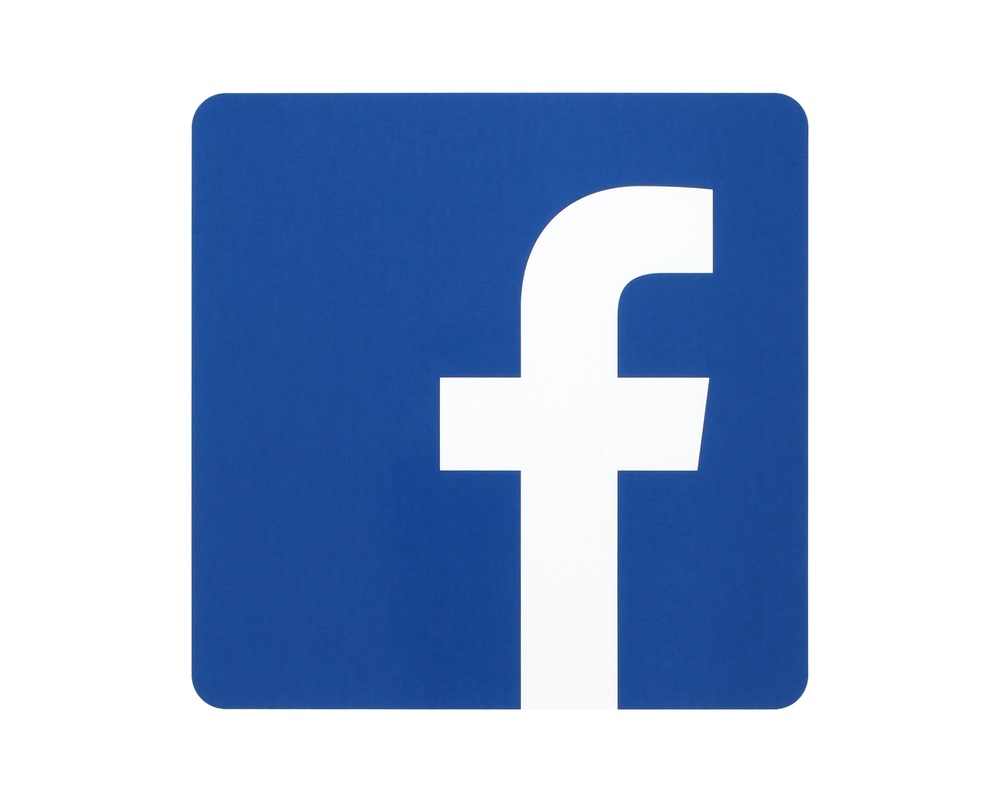Facebook in Azerbaijan, December 2019

It has been quite awhile since I last blogged about Facebook use in the Caucasus. Again, here is a guide to how I get these data. Click on the tags for previous rates.
According to Facebook, as of December 2019, around 3,300,000 Azerbaijanis, about 35% of the total population, or more accurately, 32% of the population over age 14, are on Facebook.
Over half of all Azerbaijani men (over age 14) are on Facebook (well, 61%) and 29% of Azerbaijani women (over age 14) are on Facebook. This has been the trend for as long as I’ve been tracking this.
Looking at just youth, about 44% of Azerbaijanis ages 15-24 use Facebook (this is a drop from last year!). 60% of males that age and 27% of females that age.
As always, these numbers are to be taken with a grain of salt. This is information from Facebook ads.






